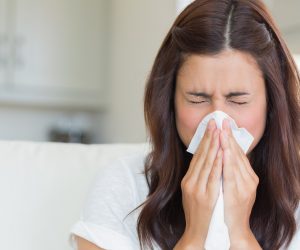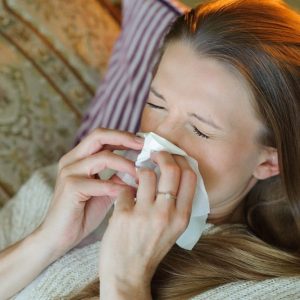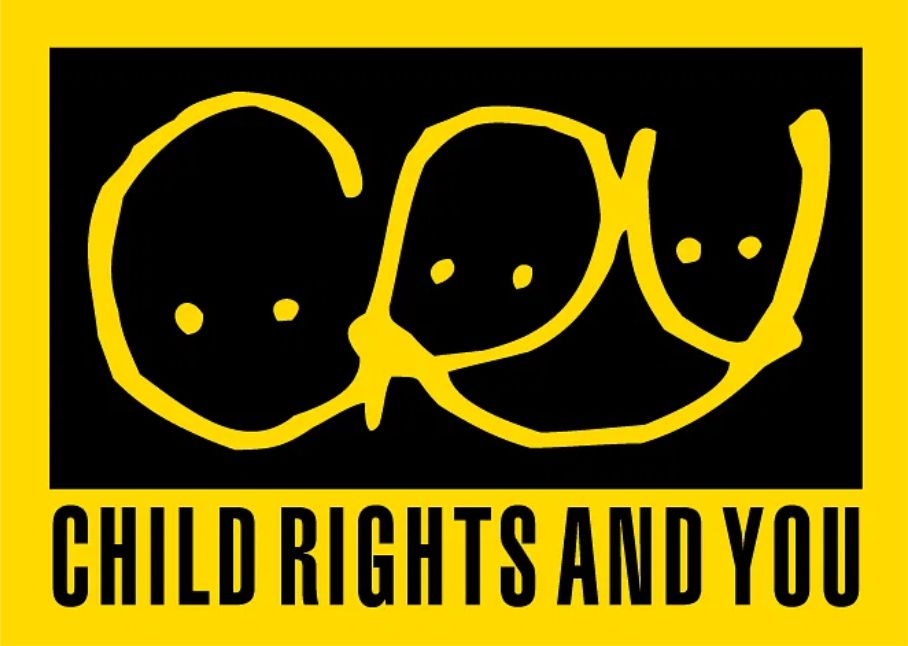A common cold, also known as a viral cold (Rhinovirus), is an upper respiratory infection that is caused by a virus
Flu is a contagious respiratory illness caused by influenza viruses that infect the nose, throat, and sometimes the lungs.
Streptococcal throat is categorized as a bacterial cold transmitted by direct contact with the sores or mucus of someone who is already infected with the streptococcal bacteria.
Typical symptoms for a streptococcal infection include a sore throat, a cold and runny nose, fever, swollen lymph nodes in the neck, white patches on the throat, redness and swelling of the tonsils, painful swallowing, headaches, body aches, and rashes.




COVID-19 is a contagious respiratory disease caused by infection with the virus SARS-CoV-2.
The most common symptoms of COVID-19 are a fever, a cough and tiredness. But there are many other possible signs and symptoms.
Allergic cold (Allergic rhinitis) is an allergic reaction to a foreign substance (e.g., dust, fomites etc.) that typically causes cold-like symptoms, such as sneezing, itchiness and a blocked or runny nose.
More than 200 different viruses can cause a cold, but rhinoviruses are the most common type. The viruses that cause colds are very contagious. They can spread from person to person through the air and close personal contact. You can also get infected when you touch something that has the virus on it and then touch your eyes, mouth, or nose. For example, you could get a cold after you shake hands with someone who has a cold or touch a doorknob that has germs on it,- and then touch your face.
| Common symptoms | Cold | Flu | Covid-19 |
| Fever and/or chills | Rare
| Usual, high (100-102°F), sometimes higher, especially in young children); lasts 3-4 days | Common
|
| Headache | Uncommon | Common
| Common
|
| General Aches, Pains | Slight | Usual; often severe | Common |
| Fatigue, Weakness | Sometimes | Usual, can last up to 3 weeks | Common |
| Extreme Exhaustion | Never | Usual, at the beginning of the illness | Common |
| Sore throat | Common | Sometimes | Common |
| Runny or stuffy nose | Common | Sometimes | Common |
| Sneezing | Usual | Sometimes | Rare |
| Cough | Common | Common, can become severe | Common, dry cough |
| Chest Discomfort | Mild to moderate | Common | Common; can cause trouble breathing or persistent pain or pressure in the chest that calls for immediate emergency care |
| Vomiting and diarrhea | Yes | Yes | |
| Change in or loss of taste or smell | Rare | Rare | Common |
| Treatment | Get plenty of rest. Stay hydrated. (Drink plenty of fluids.) Decongestants. Aspirin (ages 18 and up), acetaminophen, or ibuprofen for aches and pains | Get plenty of rest. Stay hydrated. (Drink plenty of fluids.) Aspirin (ages 18 and up), acetaminophen, or ibuprofen for aches, pains, and fever. Antiviral medicines (see your doctor) | The government has developed guidelines for the management of COVID-19 which is regularly updated. |
| Prevention | Wash your hands often. Avoid close contact with anyone who has a cold. | Get the flu vaccine each year. Wash your hands often. Avoid close contact with anyone who has the flu. | Get the COVID-19 vaccine. Wear a mask in public places. Avoid crowds. Wash your hands often and avoid touching your eyes, nose and mouth. Get tested if you think you might have COVID-19
|
| Complications | Sinus infection, middle ear infection, asthma. | Bronchitis, pneumonia; can be life-threatening | Pneumonia, respiratory failure, acute respiratory distress syndrome (fluid in lungs), sepsis, cardiac events (e.g., heart attack and stroke), multiple organ failure, inflammation of the heart, brain, or muscle tissue, death |
Streptococcal throat is categorized as a bacterial cold, is an upper respiratory infection that is caused by a streptococcal bacteria.
Signs and symptoms
A common cold, also known as a viral cold, is an upper respiratory infection that is caused by a rhinovirus
Signs and symptoms

The common cold (upper respiratory infection) is one of the most common illnesses in children. Each year it leads to more healthcare provider visits and missed days from school and work than any other illness.
Fevers are a common part of life, and all kids will get one from time-to-time.
See a doctor if you have:
There is no vaccine to protect against the common cold. But you may be able to reduce your risk of getting or spreading a cold by:
-Children and teens should not take aspirin.
-Some cold and cough medicines contain ingredients that are not recommended for children. Talk with your child’s health care provider before giving your child any cold and cough medicines.
-Some cold and cough medicines contain pain relievers. If you also take a separate pain reliever with these medicines, you could be getting a dangerous amount of the pain reliever. Read the labels on the medicines and follow the instructions



Febrex Plus feels proud to support Cry foundation in its initiative to educate children on behalf of Doctors and help to create better educational platform for 1000 deserving scholars across India.